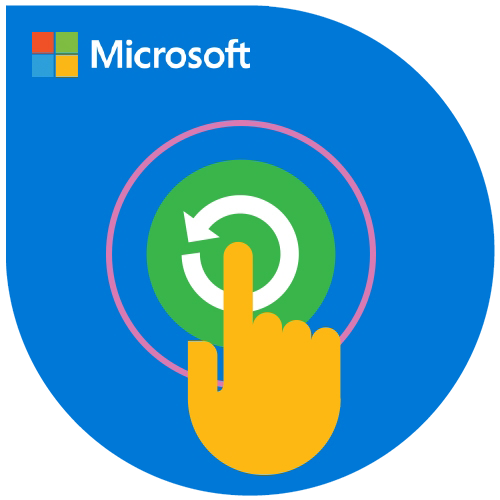Module 1: Breach detection and using the Sysinternals tools
In this module, students will learn about breach detection, attack types and vectors, cybercrime, and how you can analyse your system’s activity by using the Sysinternals tool suite.
Lessons
- Overview of breach detection
- Using the Sysinternals tools to detect breaches
Module 2: Protecting credentials and privileged access
This module explains how you can configure user rights and security options, protect credentials by using credential guard, implement privileged-access workstations, and manage and deploy a local administrator-password solution so that you can manage passwords for local administrator accounts.
Lessons
- Understanding user rights
- Computer and service accounts
- Protecting credentials
- Understanding privileged-access workstations and jump servers
- Deploying a local administrator-password solution
Module 3: Limiting administrator rights with Just Enough Administration
This module explains how to deploy and configure Just Enough Administration (JEA).
Lessons
- Understanding JEA
- Configuring and deploying JEA
Module 4: Privileged Access Management and administrative forests
This module explains the concepts of Enhanced Security Administrative Environment (ESAE) forests, Microsoft Identity Manager (MIM), and Just In Time (JIT) Administration, or Privileged Access Management.
Lessons
- Understanding ESAE forests
- Overview of MIM
- Implementing JIT and Privileged Access Management by using MIM
Module 5: Mitigating malware and threats
This module explains how to configure the Windows Defender, AppLocker, and Device Guard features.
Lessons
- Configuring and managing Windows Defender
- Using software restricting policies (SRPs) and AppLocker
- Configuring and using Device Guard
- Using and deploying the Enhanced Mitigation Experience Toolkit
Module 6: Analysing activity by using advanced auditing and log analytics
This module explains how to use advanced auditing and Windows PowerShell transcripts.
Lessons
- Overview of auditing
- Understanding advanced auditing
- Configuring Windows PowerShell auditing and logging
Module 7: Analysing activity with Microsoft Advanced Threat Analytics feature and Operations Management Suite
This module explains the Microsoft Advanced Threat Analytics tool and the Microsoft Operations Management suite (OMS), and details how you can use them to monitor and analyse the security of a Windows Server deployment.
Lessons
- Overview of Advanced Threat Analytics
- Understanding OMS
Module 8: Securing your virtualization an infrastructure
This module explains how to configure Guarded Fabric virtual machines (VMs), including the requirements for shielded and encryption-supported VMs.
Lessons
- Overview of Guarded Fabric VMs
- Understanding shielded and encryption-supported VMs
Module 9: Securing application development and server-workload infrastructure
This module details the Security Compliance Manager, including how you can use it to configure, manage, and deploy baselines. Additionally, students will learn how to deploy and configure Nano Server, Microsoft Hyper-V, and Windows Server Containers.
Lessons
- Using Security Compliance Manager
- Introduction to Nano Server
- Understanding containers
Module 10: Protecting data with encryption
This module explains how to configure Encrypting File System (EFS) and BitLocker drive encryption to protect data at rest.
Lessons
- Planning and implementing encryption
- Planning and implementing BitLocker
Module 11: Limiting access to file and folders
This module explains how to optimize file services by configuring File Server Resource Manager (FSRM) and Distributed File System (DFS). Students will learn how to protect a device’s data by using encryption or BitLocker. Students also will learn how to manage access to shared files by configuring Dynamic Access Control (DAC).
Lessons
- Introduction to FSRM
- Implementing classification management and file-management tasks
- Understanding Dynamic Access Control (DAC)
Module 12: Using firewalls to control network traffic flow
This module explains the firewalls that are present on Windows Server.
Lessons
- Understanding Windows Firewall
- Software-defined distributed firewalls
Module 13: Securing network traffic
This module explains how to secure network traffic and how to use Microsoft Message Analyzer, Server Message Block (SMB) encryption, and Domain Name System Security Extensions (DNSSEC).
Lessons
- Network-related security threats and connection-security rules
- Configuring advanced DNS settings
- Examining network traffic with Microsoft Message Analyzer
- Securing SMB traffic, and analysing SMB traffic
Module 14: Updating Windows Server
This module explains how to use Windows Server Update Services (WSUS) to deploy updates to Windows Servers and clients.
Lessons
- Overview of WSUS
- Deploying updates by using WSUS



 Duration
Duration Course Prerequisites
Course Prerequisites Delivery Methods
Delivery Methods



